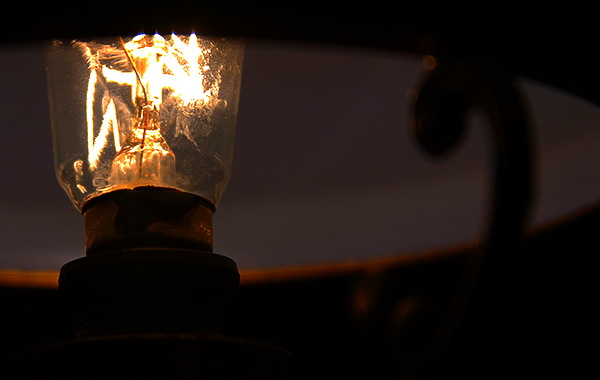Australia’s electricity supply is generally regarded as highly reliable, and power interruptions have generally been low. In spite of this record, our power outages are becoming increasingly severe. As your local electrician in Sydney’s north, we have some interesting facts and tips to help you understand and survive these events.
You see, according to the Annual Blackout Tracker Report for 2013, Australia and New Zealand are facing more frequent and more severe power outages which will affect more people. New South Wales has the dubious distinction of being the state with the highest number of power outages in Australia with a recorded 25 outages over the last year.
The numbers
Here are the findings from the report:
- Increase in frequency of outage: 72% (from 94 in 2012 to 162 in 2013)
- Increase in number of people affected: 159%
- Increase in average duration of outage: 60% (from 105 minutes in 2012 to 168 minutes in 2013)
The causes
The report also provides a breakdown of the causes for these outages. The most common causes were:
- Natural events – falling trees, high winds or storms (41%)
- Equipment fault or human error (31%)
- Vehicle accidents (8%)
- Animals and birds (3%)
- Planned outages (3%)
- Unknown causes (14%)
Other causes for power outages in previous years included weather events like bushfires, heat waves, floods, lightning etc, along with digging near underground power cables and vandalism. Planned or emergency maintenance are also included in the list of causes.
Specific incidents included in the report suggest that freak accidents (like the water-bombing bucket of a helicopter involved in back-burning efforts getting entangled in power lines!) also caused power disruptions.
Other examples cited as human error included an excavator hitting overhead power lines and a runaway car hitting a transformer. There were also cases where a flock of birds, or even a single bird, flew into power lines and interrupted power supply.

What can you do to maintain power supply?
As the reasons for the outages suggest, many of them are not preventable. But regardless, if you or a family member are on life support, or have other needs or conditions that require an uninterrupted power supply, you should be in contact with your energy retailer, and have your house registered accordingly.
You should also have back-up battery supply and the contact number of your doctor and nearby hospital where you can be moved to in the case of an extended interruption.
If you are a business owner requiring uninterrupted power to maintain your equipment and continue business, then surge protectors, generators and uninterruptible power supplies are some tools that you can utilise to ensure continued operation.
If an outage occurs:
- Stay away from fallen power lines which may still be live. Report any fallen lines immediately and take steps to keep others away.
- Switch off and unplug all sensitive equipment including TV, DVD player, computer etc. It is a good idea to turn off light switches and all appliances. Keep a single light on to know when power returns.
- Do not plug in portable generators directly to your house wiring without an isolating switch to avoid ‘back feed’.
What are the possible preventive steps?
As a responsible member of our northern Sydney community, you can do your bit to reduce preventable outages by ensuring that trees on your property that are growing near power lines are regularly pruned – and removed if necessary. If the trees are on the footpath or in a park, contact your council or energy distributor about getting them pruned.
If storm damage has caused a power interruption to your house on Sydney’s North Shore or Northern Beaches, call your licensed local electrician here at Everest Electrical Services to ensure safety before any repairs are made. It is timely to remember that all electrical work must be done by a licensed electrician – both for safety reasons and for complying with regulations.
Our Everest team can be contacted on 0410 229 139.

